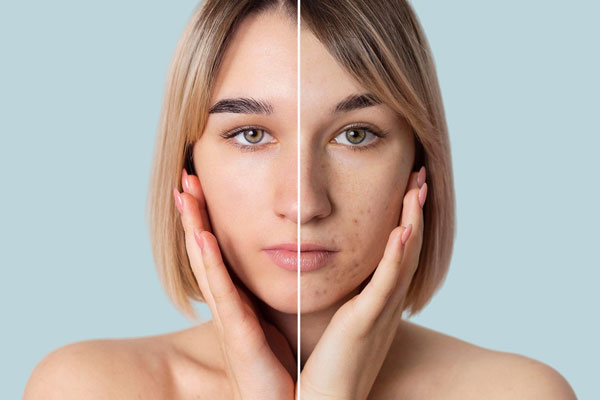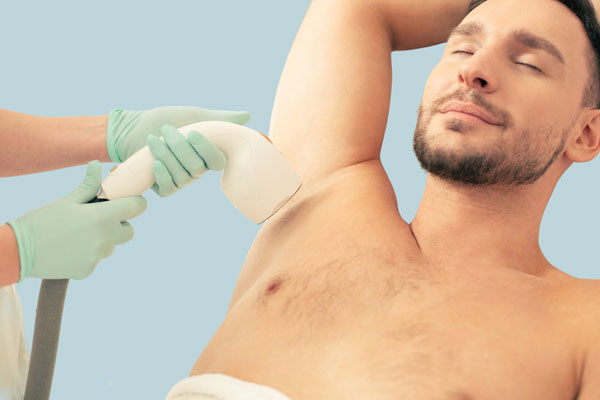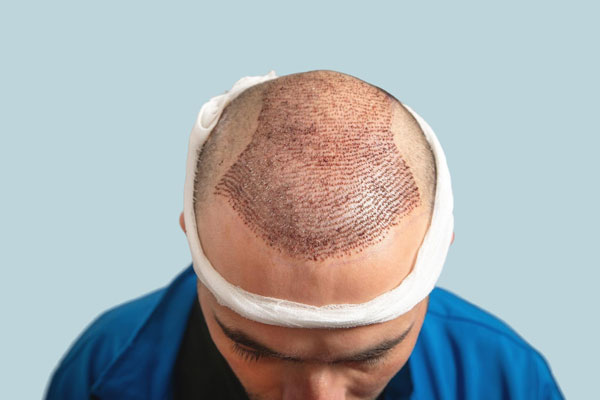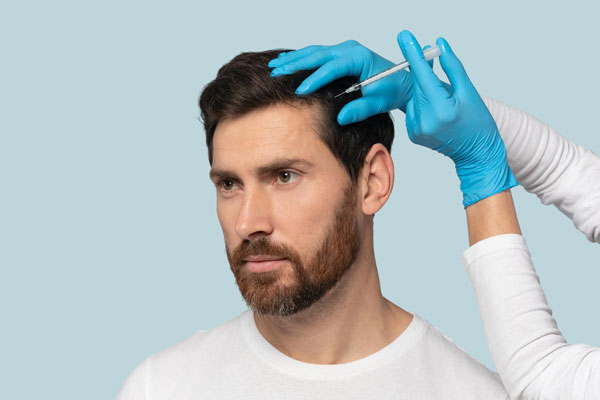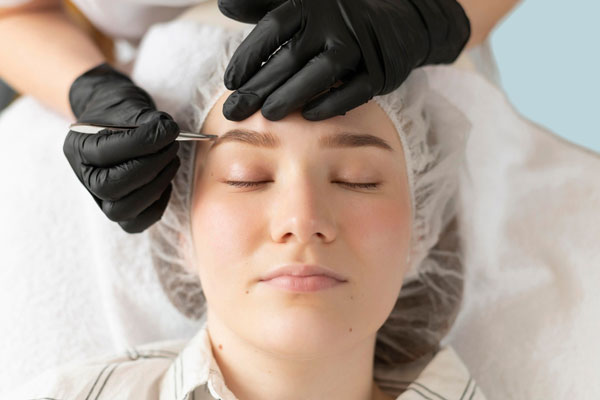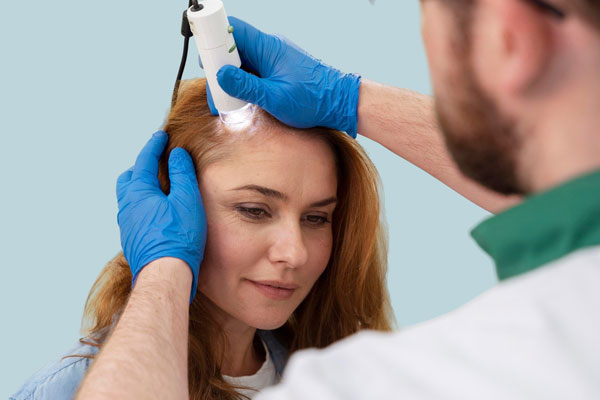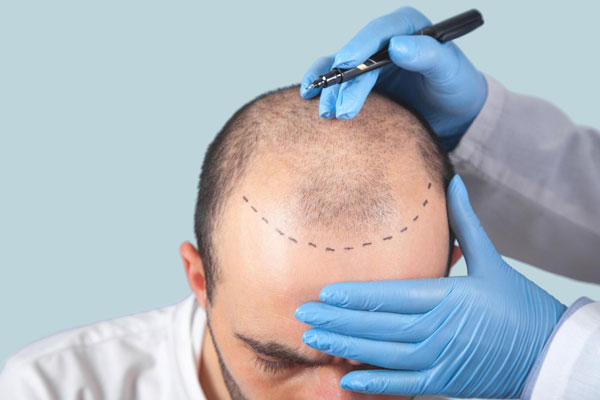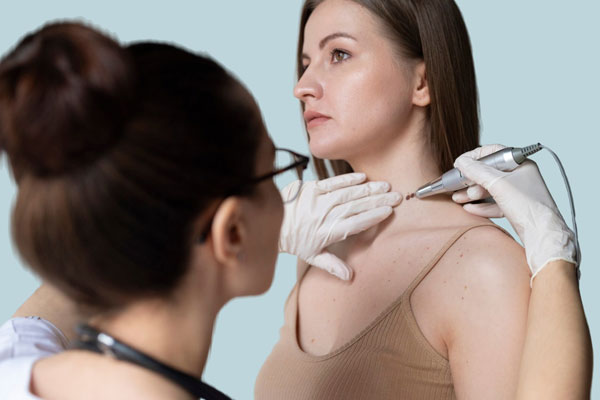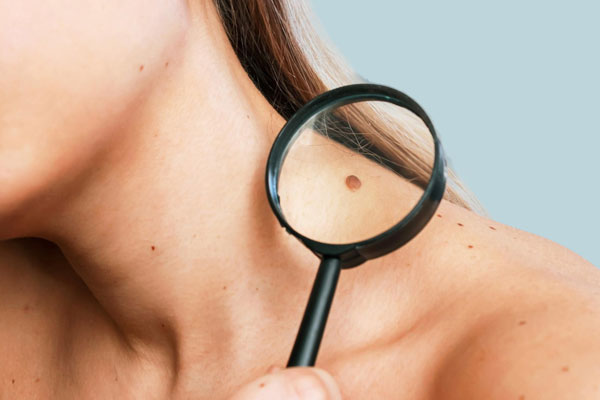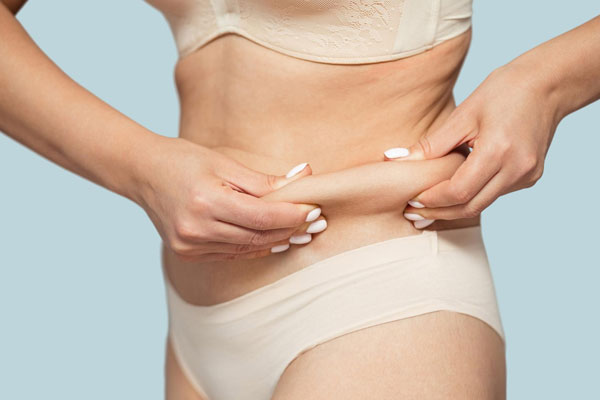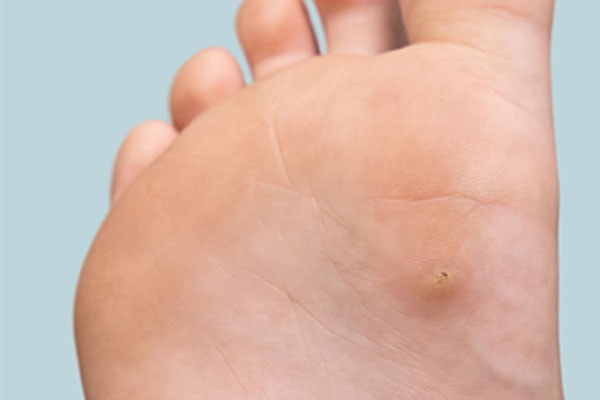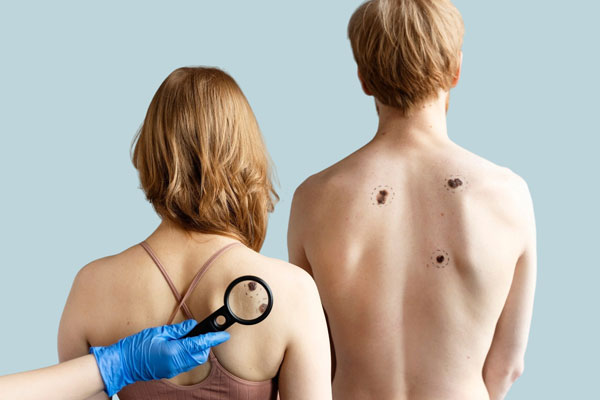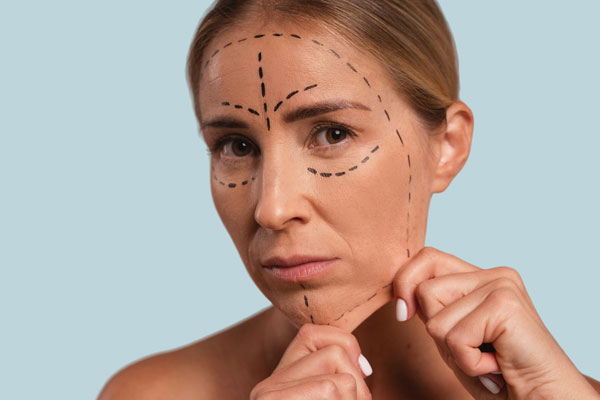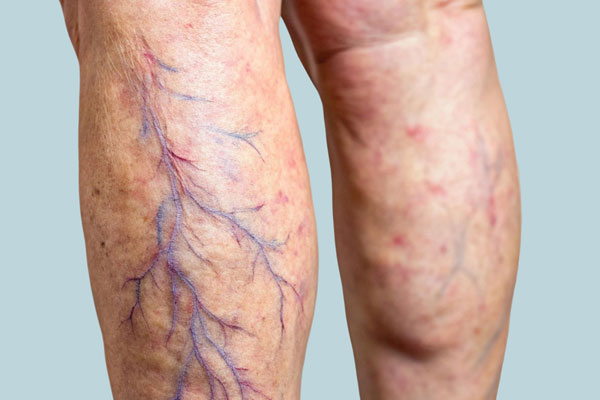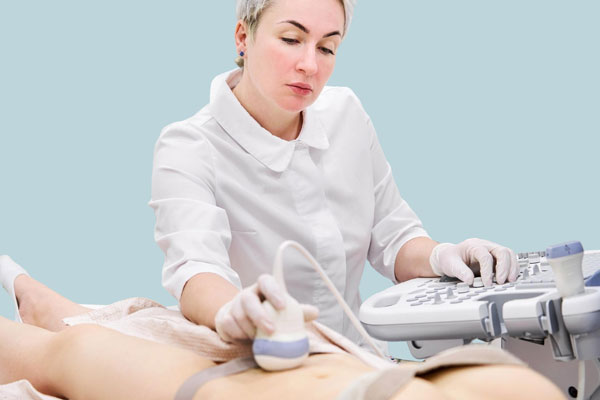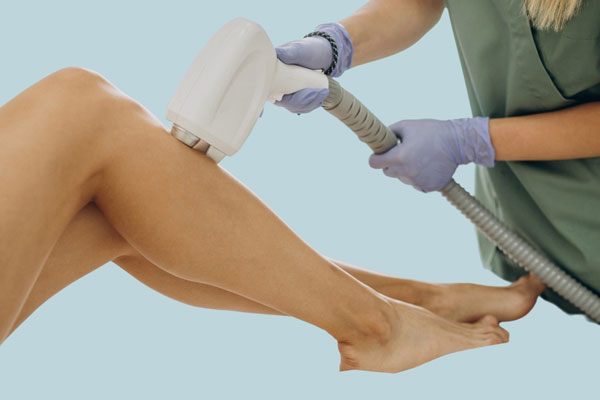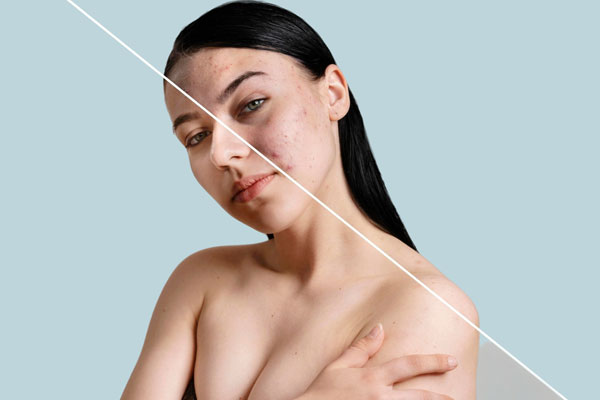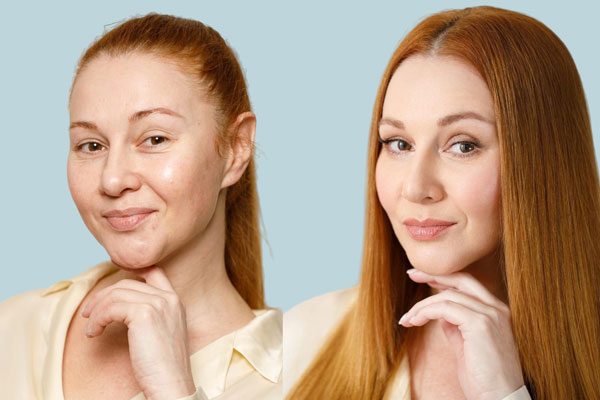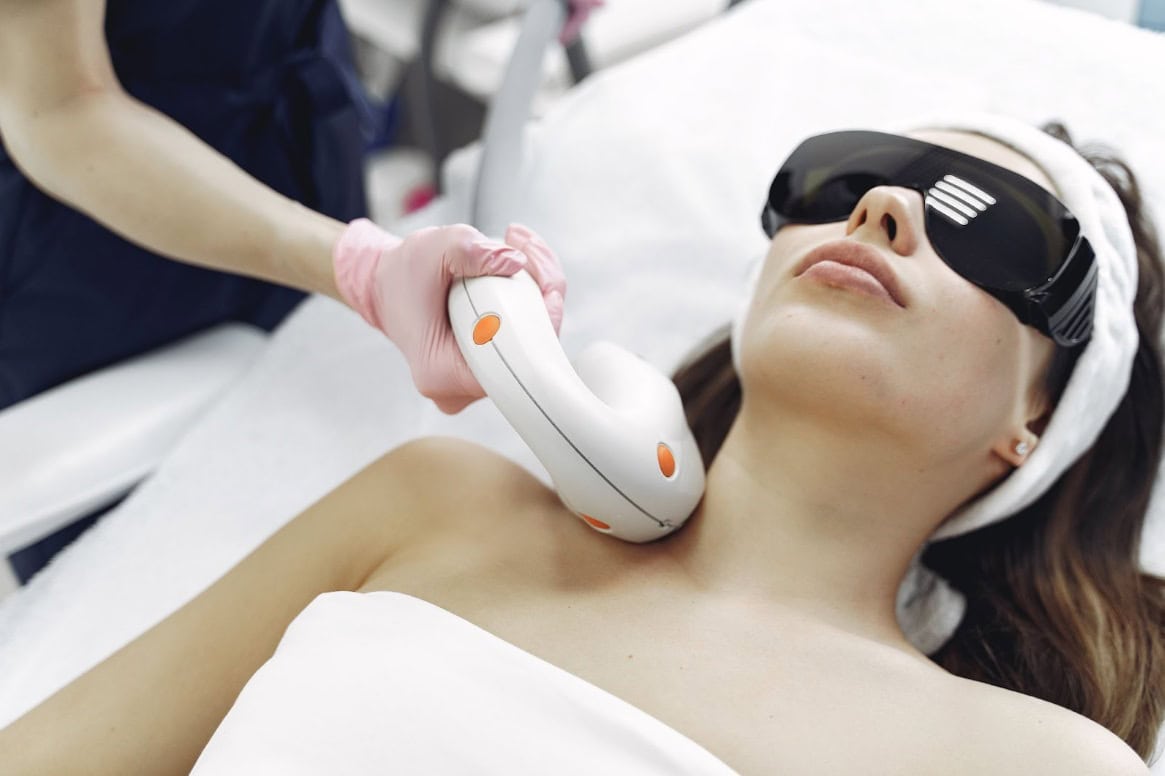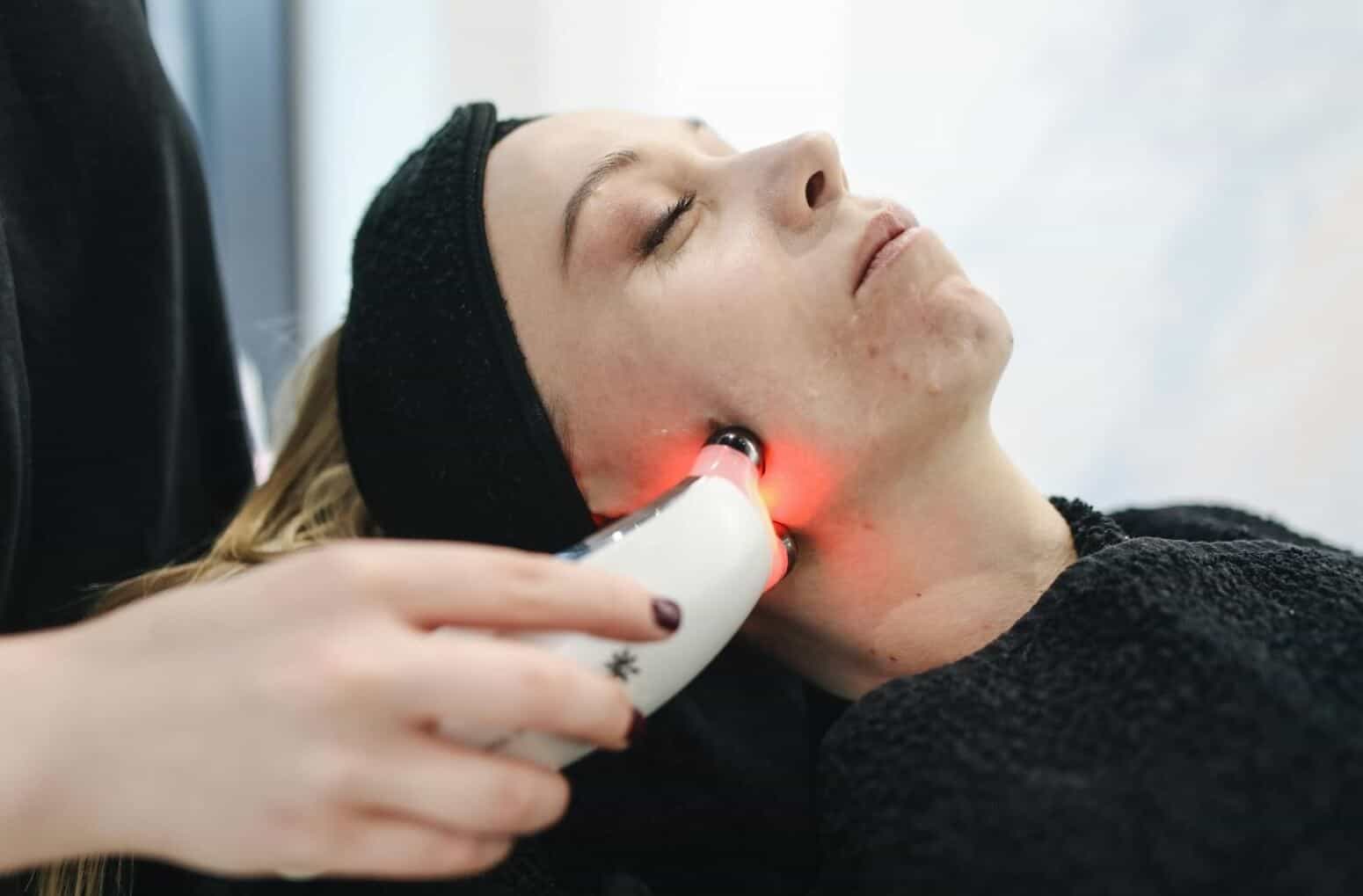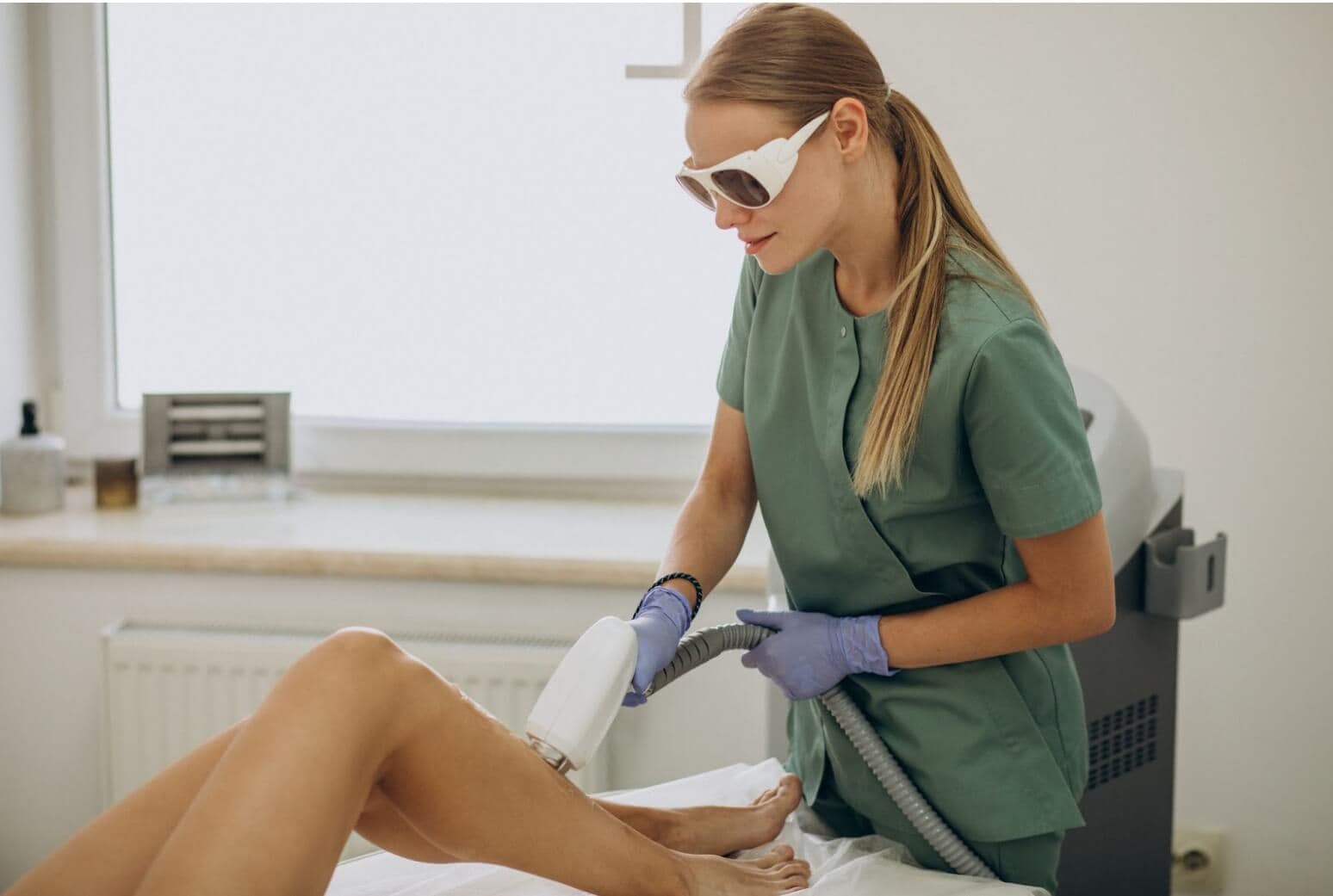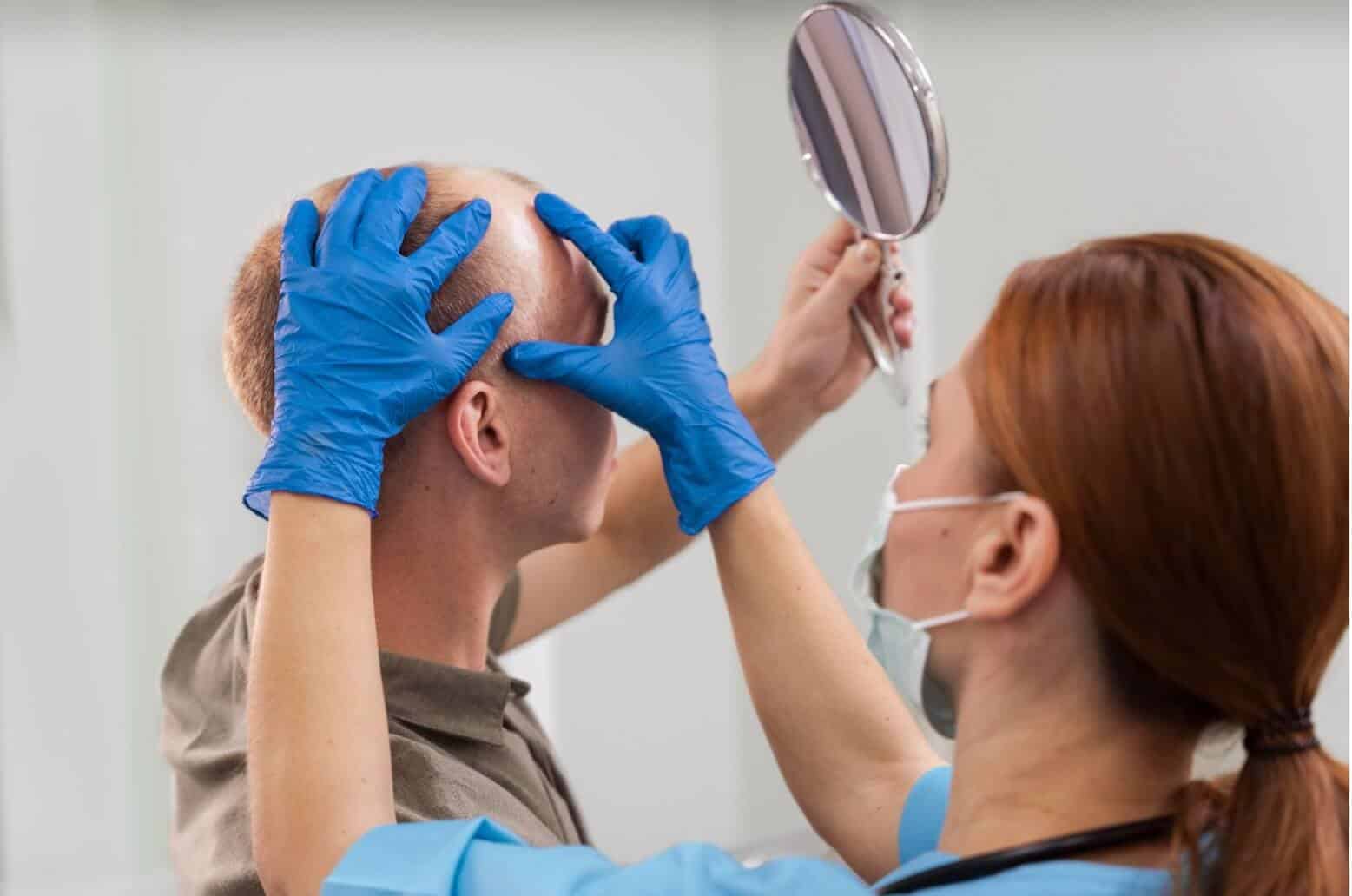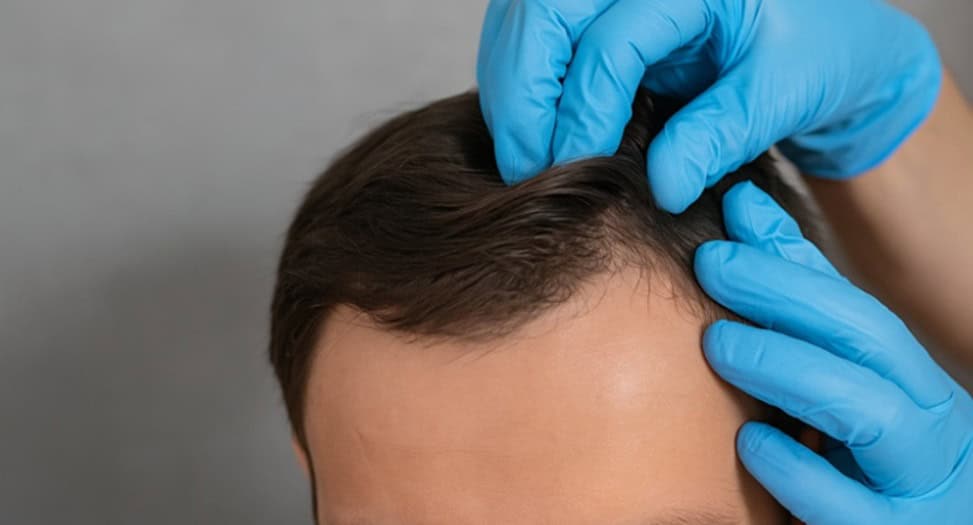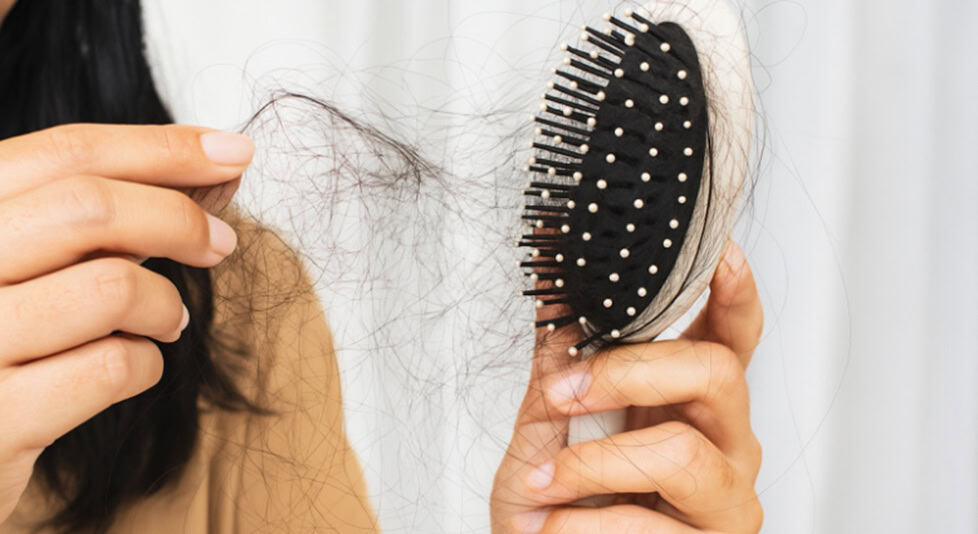For a natural hairline restoration, most people need 800-1,500 grafts, with requirements varying based on hair loss extent, hair characteristics, and desired density. A professional consultation is essential to determine your exact needs based on your unique situation.
- Dr Suhail Alam
- Reading Time: 10 Mins
When considering a hair transplant, one of the most common questions is about the number of grafts needed for natural-looking results. The answer isn’t one-size-fits-all, as each person’s hair restoration journey is unique.
At Aventus Clinic, we’ve helped thousands achieve natural-looking hairlines. Let’s explore what influences graft requirements and how to determine the right number for your situation.
Key Takeaways
- The number of hair grafts needed varies widely (500-5,000+) depending on your Norwood/Ludwig scale classification, hair characteristics, and treatment areas.
- Hair type significantly impacts graft requirements; coarse or curly hair provides better coverage than fine or straight hair, potentially reducing the number of grafts needed.
- A natural-looking hairline typically requires strategic placement using single-hair grafts along the frontal edge and denser multi-hair grafts behind, not just high graft quantities.
Table of Contents
Hair Grafts and Their Importance
Hair grafts are tiny tissue units containing 1-4 hair follicles that are surgically relocated from a donor area (typically the back of your head) to areas experiencing hair loss. Each graft is meticulously harvested and implanted to ensure natural growth patterns.
The precise number of grafts needed isn’t simply about covering bald spots. It’s about creating natural-looking density that blends seamlessly with your existing hair while preserving enough donor hair for future needs.
Getting the count right matters for three key reasons:
- Natural appearance: Too few grafts create patchy results, while too many in one area can look unnatural
- Donor preservation: Your donor area contains a finite number of usable follicles
- Cost management: Most clinics price procedures based on graft quantity
Key Factors That Determine Your Graft Requirements
These important factors influence how many grafts you’ll need to achieve a natural hairline.
1. Hair Loss Stage and Pattern
The Norwood Scale, the standard classification system for male pattern baldness, significantly influences how many grafts you’ll need.
| Norwood Stage | Hair Loss Description | Typical Graft Range |
|---|---|---|
| Stage 1–2 | Minimal to mild recession at the temples | 500–800 grafts |
| Stage 3 | Noticeable recession at the temples; possible early crown thinning | 1,000–1,700 grafts |
| Stage 4 | Deepening temple recession and more visible crown loss | 1,500–2,500 grafts |
| Stage 5–7 | Extensive hair loss at the front and crown with only a band of hair remaining | 2,500–5,000+ grafts |
Women typically follow the Ludwig Scale, which shows different patterns focused on diffuse thinning rather than recession.
2. Hair Characteristics
Your natural hair traits significantly impact graft requirements:
- Thickness: Coarse hair provides better coverage than fine hair. Someone with thick hair might need 25% fewer grafts than someone with fine hair for the same visual density.
- Colour: High contrast between hair and scalp (dark hair on light skin) makes thinning more noticeable, potentially requiring more grafts for satisfactory coverage.
- Curl pattern: Curly or wavy hair creates more visual volume, often requiring fewer grafts than straight hair.
3. Donor Area Assessment
Even the most ambitious transplant plan must work within the limitations of your donor supply.
Most adults have between 5,000-8,000 potentially harvestable grafts in their donor area. However, clinical studies recommend harvesting no more than 35% of donor follicles in a single session to maintain the aesthetic appearance of the donor site.
Our surgeons carefully evaluate your donor density, scalp laxity, and hair characteristics to determine a safe extraction limit.
4. Density Goals and Expectations
The density you’re hoping to achieve plays a crucial role in determining graft count. Research indicates that a density of approximately 30-35 follicular units per cm² creates a natural-looking hairline.
For many patients, strategic placement is more important than maximum density. Placing more grafts along the hairline and fewer behind creates the illusion of fullness with fewer total grafts.
Estimated Graft Requirements By Treatment Area
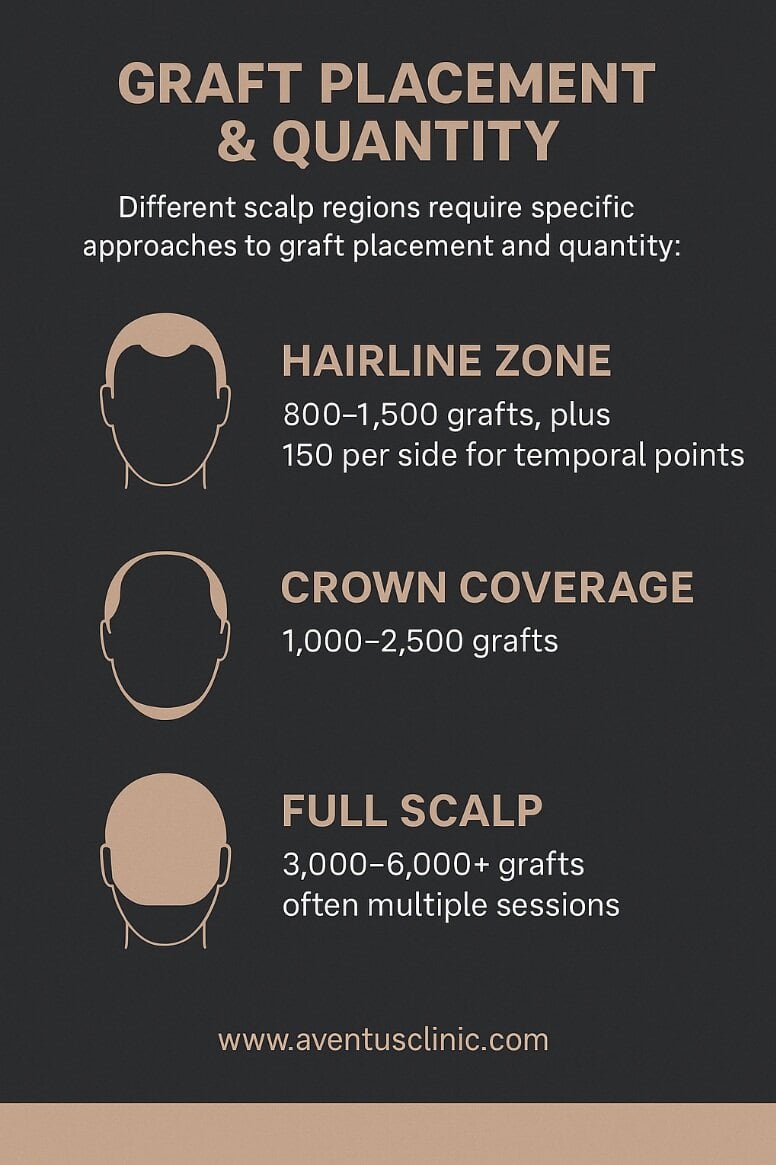
Hairline Zone Requirements
The hairline framing your face typically requires 800-1,500 grafts for restoration, with an additional 150 grafts per side for temporal points. This estimate aligns with clinical guidelines from several leading hair restoration centres.
For the most natural appearance, we use primarily single-hair grafts along the frontal hairline edge, creating a soft, irregular pattern that mimics natural growth. Behind this zone, we place multi-hair grafts for increased density.
Crown Coverage Needs
The crown (vertex) area typically requires 1,000-2,500 grafts, depending on the size of the thinning area. This region presents unique challenges due to its swirling growth pattern, which our surgeons carefully map before placement.
Use our hair graft calculator to get a personalised estimate based on your specific pattern of hair loss.
Full Scalp Requirements
For extensive hair loss (Norwood 5-7), full restoration may require 3,000-6,000+ grafts, often performed across multiple sessions. The table below provides estimates based on clinical data:
| Treatment Area | Typical Graft Range | Density (grafts/cm²) |
|---|---|---|
| Hairline | 800–1,500 | 30–35 |
| Temporal Points | 150 per side | 25–30 |
| Mid-Scalp | 800–1,600 | 35–45 |
| Crown | 1,000–2,500 | 30–40 |
| Full Scalp | 3,000–6,000+ | Varies by zone |
Single vs Multiple Treatment Sessions
For extensive hair loss, a multi-session approach often yields better results than attempting to place too many grafts at once.
Most surgeons consider 2,000-3,000 grafts the safe maximum for a single session, though this varies based on individual factors.
Multiple sessions also allow for strategic planning as your hair loss progresses, creating more natural, age-appropriate results over time.
The Value of Professional Consultation
While online calculators provide useful estimates, they cannot replace a personal assessment from an experienced surgeon.
During your consultation, we’ll:
- Analyse your current hair loss pattern and predict future progression
- Evaluate donor hair quality and quantity
- Discuss your aesthetic goals and design a natural hairline
- Create a customised treatment plan with precise graft counts
Our advanced imaging technology allows us to show potential results with different graft numbers, helping you make an informed decision.
Conclusion
Determining the right number of grafts for your hair transplant requires balancing technical factors with your aesthetic goals. While this article provides general guidelines, your specific needs may vary.
For a personalised assessment and to develop a customised treatment plan, we invite you to book a free consultation with our experienced team. Our tailored approach ensures you achieve the most natural-looking results possible with optimal use of your donor hair.
Frequently Asked Questions
Do I need more grafts if I have fine hair vs thick hair?
Yes. Fine hair provides less coverage per graft than coarse hair. Research indicates patients with fine hair may need 20-30% more grafts to achieve similar visual density. During consultation, we account for your specific hair characteristics when calculating graft requirements.
How soon after a transplant will I see the full results?
Initial growth begins around 3-4 months, with significant improvement at 6 months. However, complete results take 12-15 months as transplanted hairs mature and thicken. This timeline varies between patients, with some seeing final results sooner.
What’s the maximum safe number of grafts in one session?
Most experts consider 2,000-3,000 grafts the safe maximum for a single session. However, this varies based on donor density, scalp laxity, and other individual factors. Exceeding safe limits risks lower graft survival rates and potential donor area damage.
Can body hair be used if I need more grafts than my scalp can provide?
Yes, but with limitations. Body hair transplantation is an advanced technique used when scalp donor hair is insufficient. Research shows survival rates of approximately 95% for beard hair, 76% for chest hair, compared to 89% for scalp hair. Body hair typically grows shorter and may have different characteristics than scalp hair.



